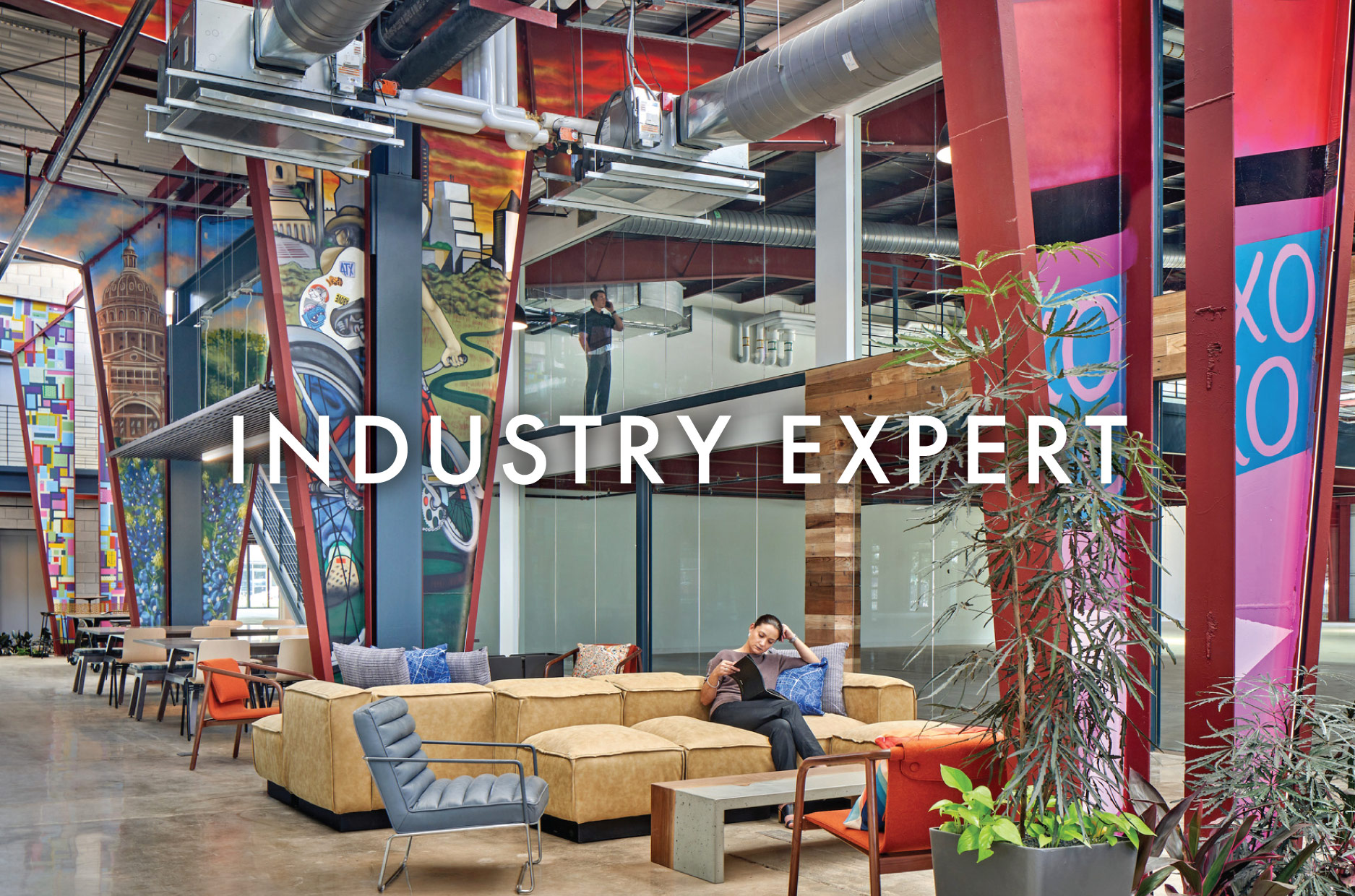
PHOTOGRAPHY COURTESY of GENSLER
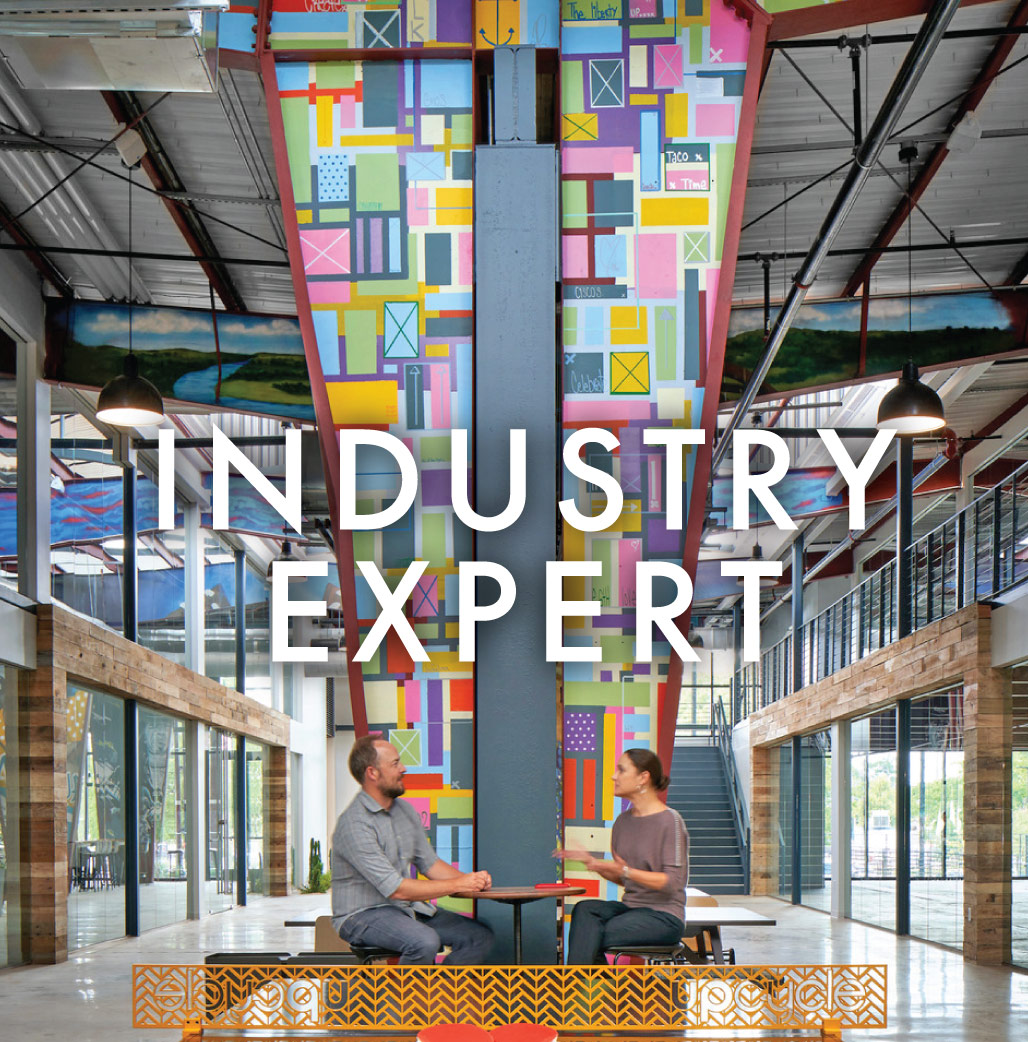
PHOTOGRAPHY COURTESY of GENSLER
LEAH BAUER
ASID, IIDA, IFMA, NCIDQ, Project Director at Gensler
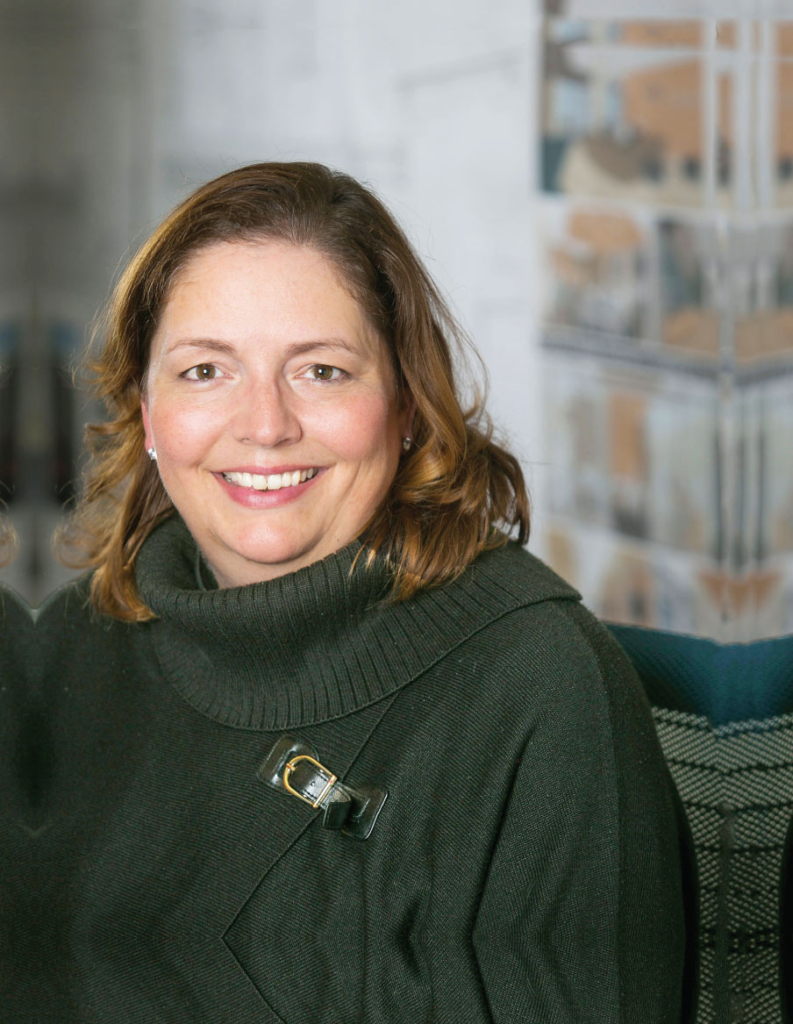
LEAH BAUER, ASID, IIDA, IFMA, NCIDQ
The Future of Workplace is an important topic, not only for companies, real estate brokers and investors alike, but also for the individual workers, who found themselves during the pandemic doing their work remotely and somewhat isolated from their fellow colleagues and companies.
This situation has forced us to rethink the traditional idea of workplace. Workplaces are being defined as “anywhere a person works” rather than the office space they work in. This fact is creating some interesting conversations that not only focus on physical spaces but also on the human experiences in these spaces.
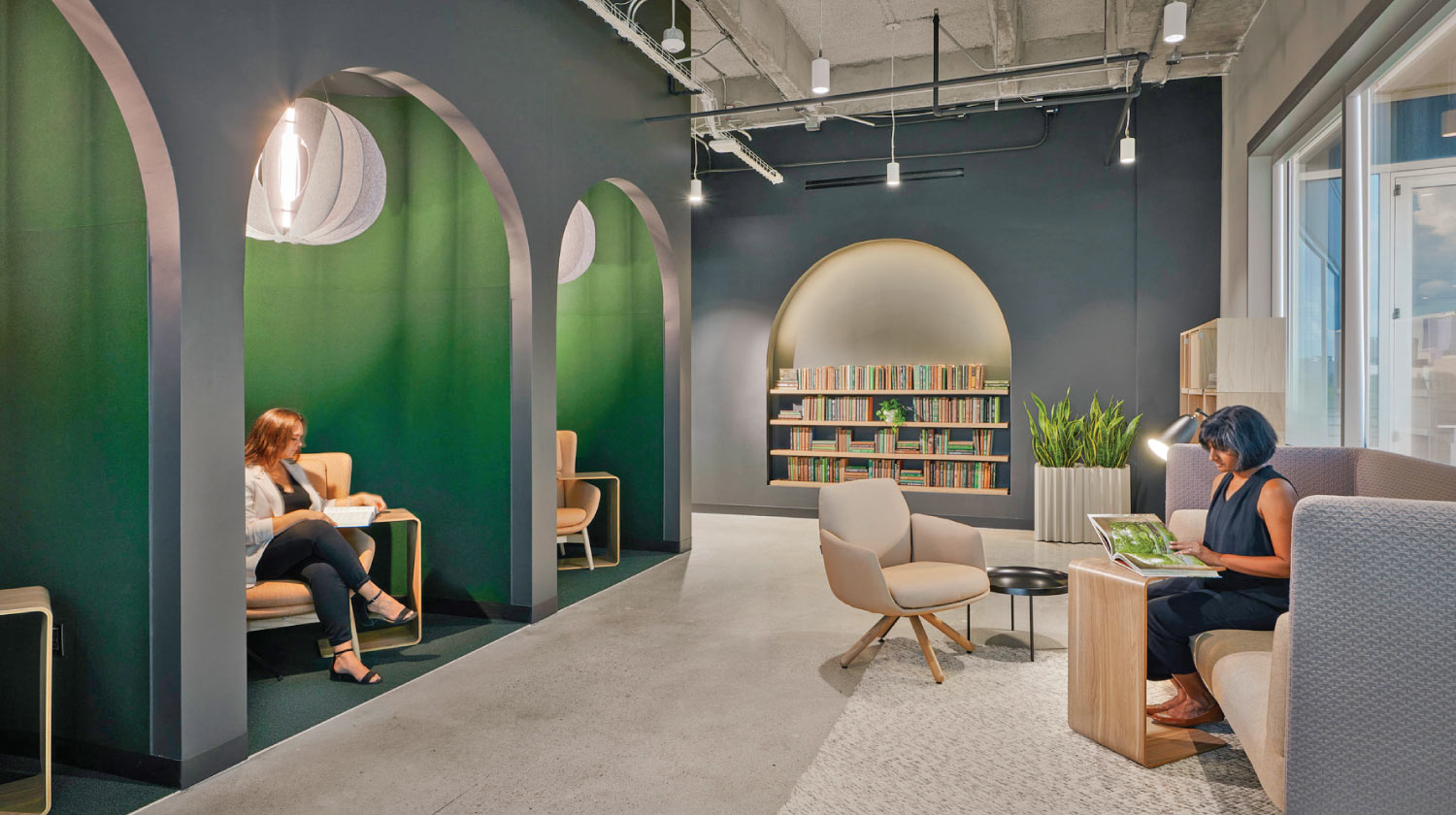
PHOTOGRAPHY COURTESY of GENSLER
ASID Position Statement on Climate, Health, & Equity
1.
CLIMATE
Interior Design has a role in reversing the negative impacts of climate change by focusing on eliminating emissions, designing for adaptability and resilience, and reducing resource consumption while supporting a circular economy.

PHOTOGRAPHY COURTESY of GENSLER
2.
HEALTH
Both human and ecological health are essential components of a thriving society. Interior Design must create spaces that support holistic health by focusing on the physical, mental, and emotional well-being of occupants, responsible material specifications and protecting threatened ecosystems.
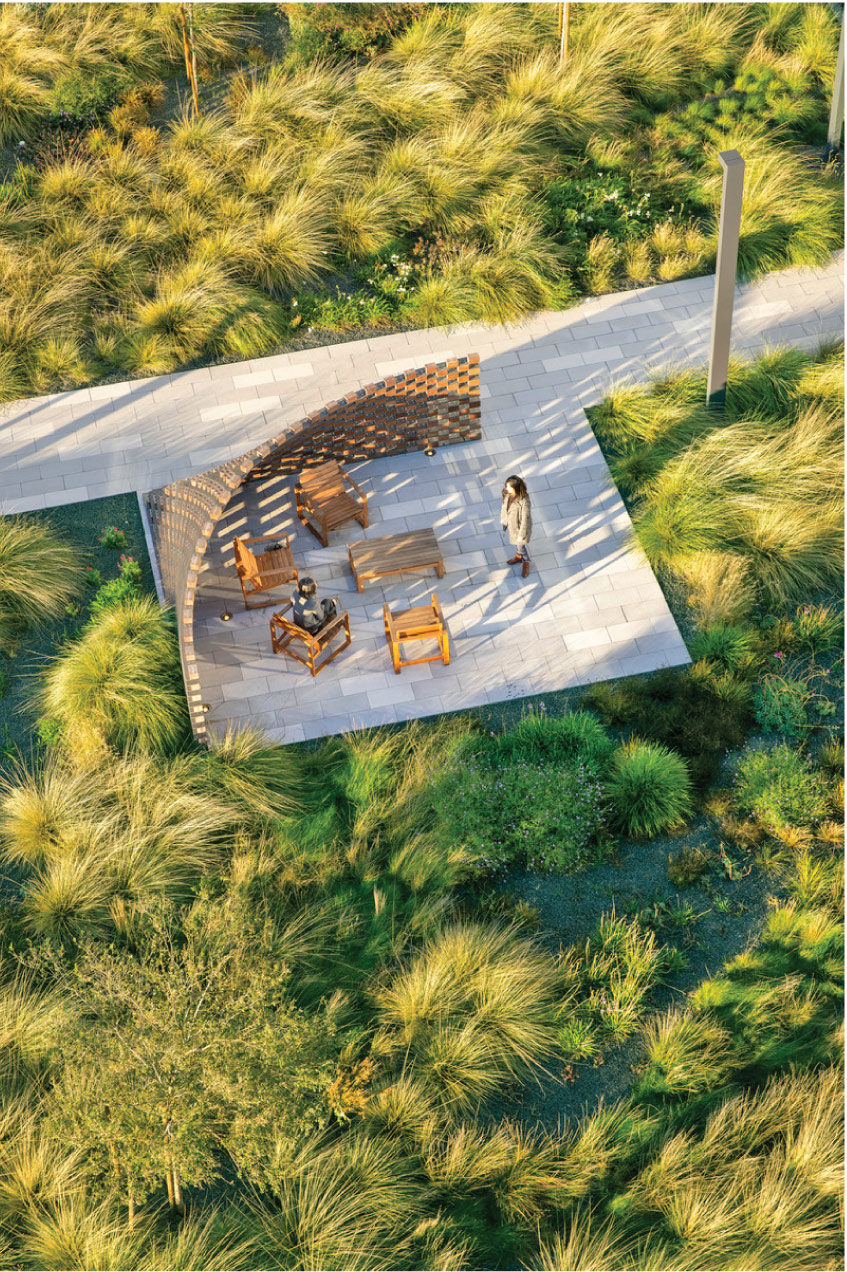

PHOTOGRAPHY COURTESY of GENSLER
3.
EQUITY
Social and environmental equity play a vital role in the development of cohesive, safe, and resilient communities. Interior Design should be an instrument for the integration of diverse populations by creating opportunities for community cohesion that address inclusion, accessibility, and fair trade.

PHOTOGRAPHY COURTESY of GENSLER
JON STRASSNER, LEED AP
The NorCal Board met with Jon Strassner, LEED AP last fall. Jon serves as Chief Sustainability Officer for ASID and is passionate about understanding the role we all play in the Net Positive Movement, where we don’t just take less from the environment, but restore, regenerate and replace what has been damaged or destroyed. Our discussion with Jon was focused on the High End Residential market and if our clients are prioritizing sustainability and concerned with sourcing sustainable materials. Our residential designers are not finding this to be a priority or conversation when establishing goals for the projects, however, our commercial designers are really focused and committed to using our designs to impact the planet.
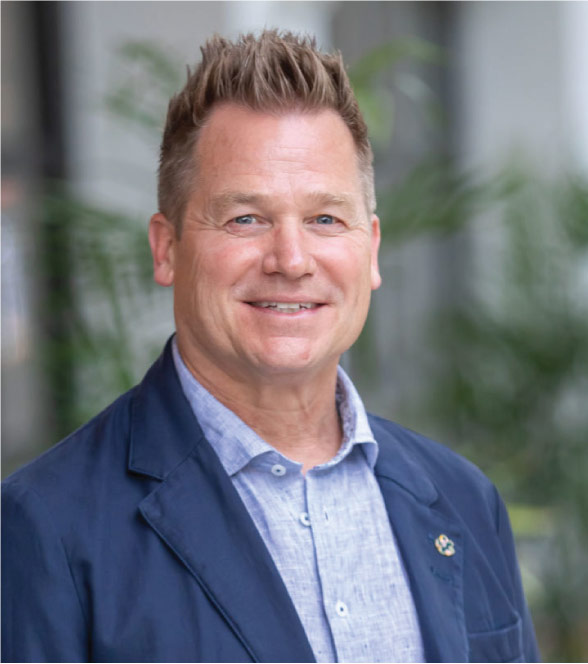
JON STRASSNER, LEED AP
SUSTAINABILITY & RESILIENCY
When we are having a sustainability and resiliency discussion, we really expand the conversation to include the equity, diversity and inclusion topic as well. D. + I. and Resiliency are connected and intertwined, and one cannot completely isolate one of these topics without consideration of all of these topics.
(Reference: Gensler Design Forecast 2023, Transformation: Design Strategies for the Human Experience – https://www.gensler.com/publications/design-forecast/2023)
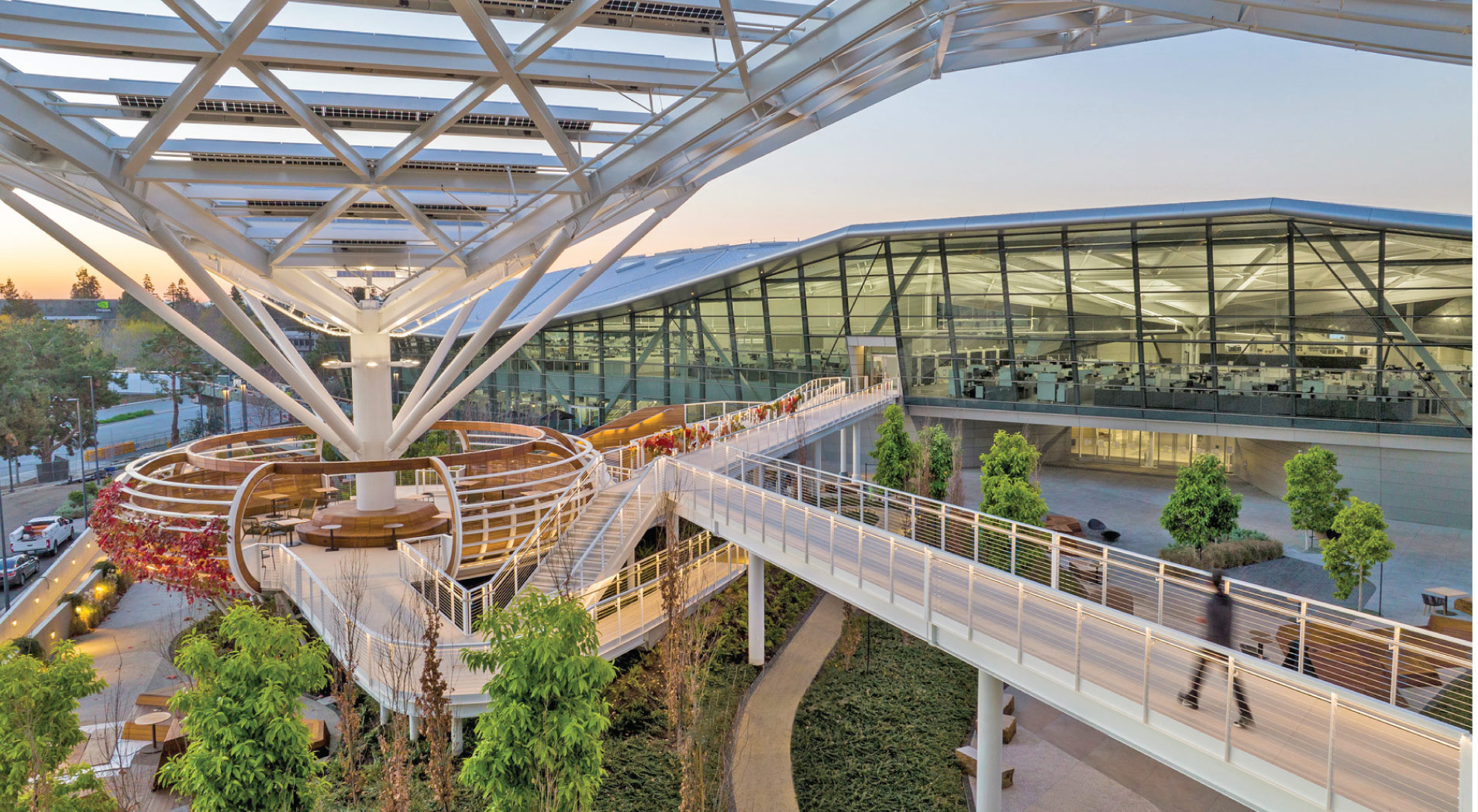
PHOTOGRAPHY COURTESY of GENSLER
5 GLOBAL FORCES IMPACTING BUSINESSES, CITIES & HUMAN EXPERIENCES AROUND THE GLOBE:
1.
UNPRECEDENTED DEMOGRAPHIC SHIFTS
Global Migration, Gender Equality Movements, Aging Population
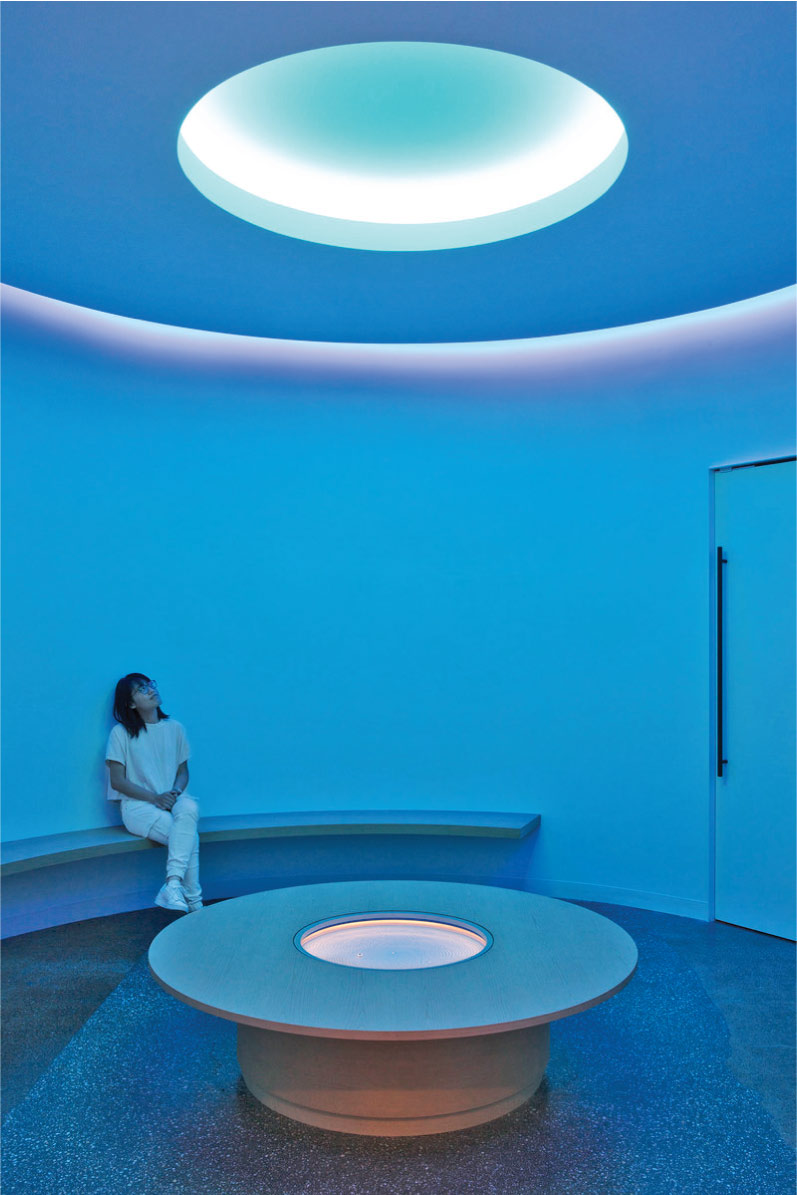
PHOTOGRAPHY COURTESY of GENSLER
2.
TECHNOLOGY DRIVEN DISRUPTION
Technology is playing a bigger role in our daily lives as it becomes increasingly pervasive in places of work and leisure, and embedded in our buildings and cities. New technology is also disrupting traditional business and city planning models. Putting people first is critical to unlocking tech’s potential.
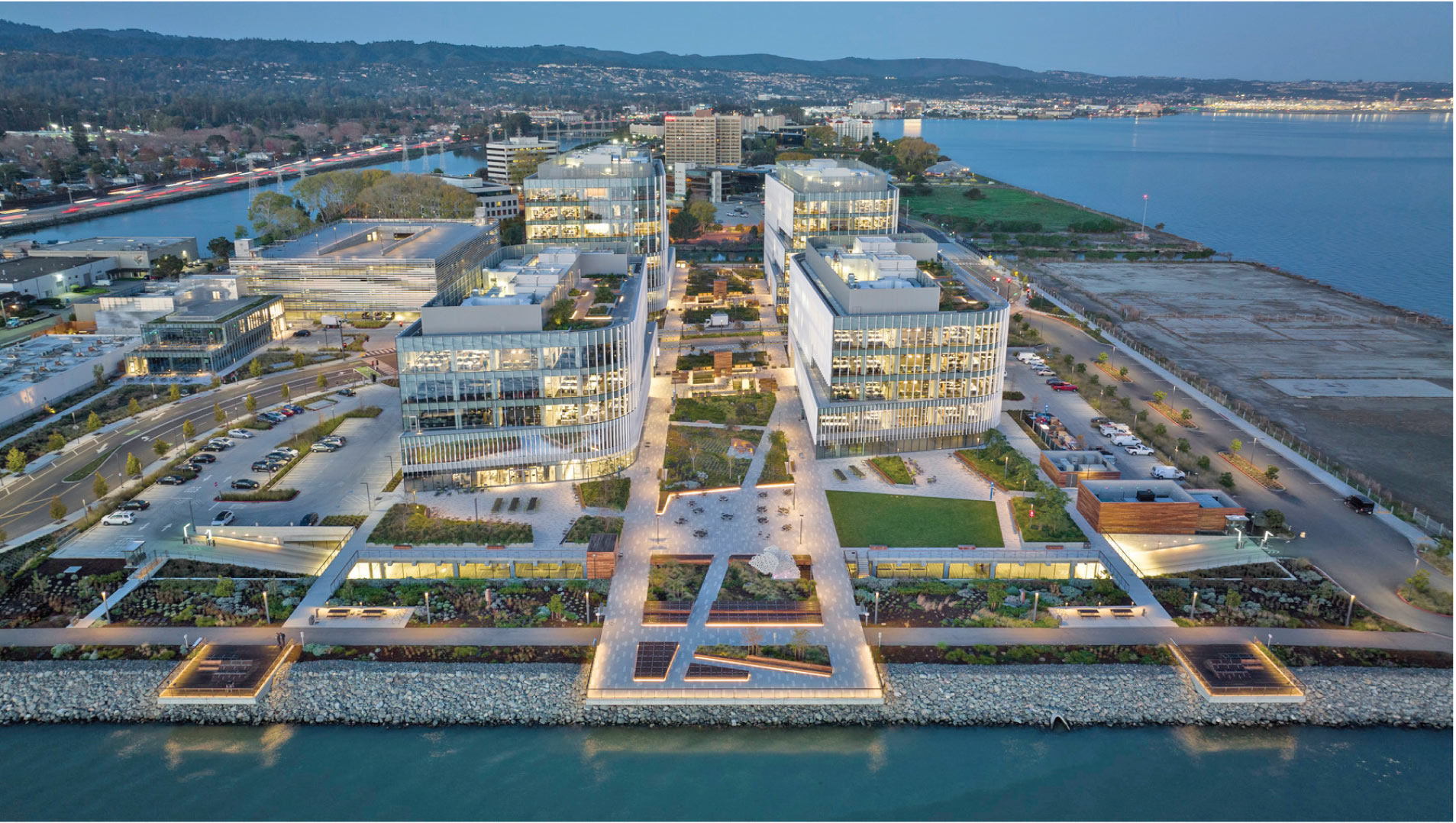
PHOTOGRAPHY COURTESY of GENSLER
3.
RAPID URBANIZATION
Over half of the world’s 7B people live in cities. Smart cities can find solutions to the most difficult aspects of Urbanization: Crime, Homelessness, elder care, transportation, disease, etc.
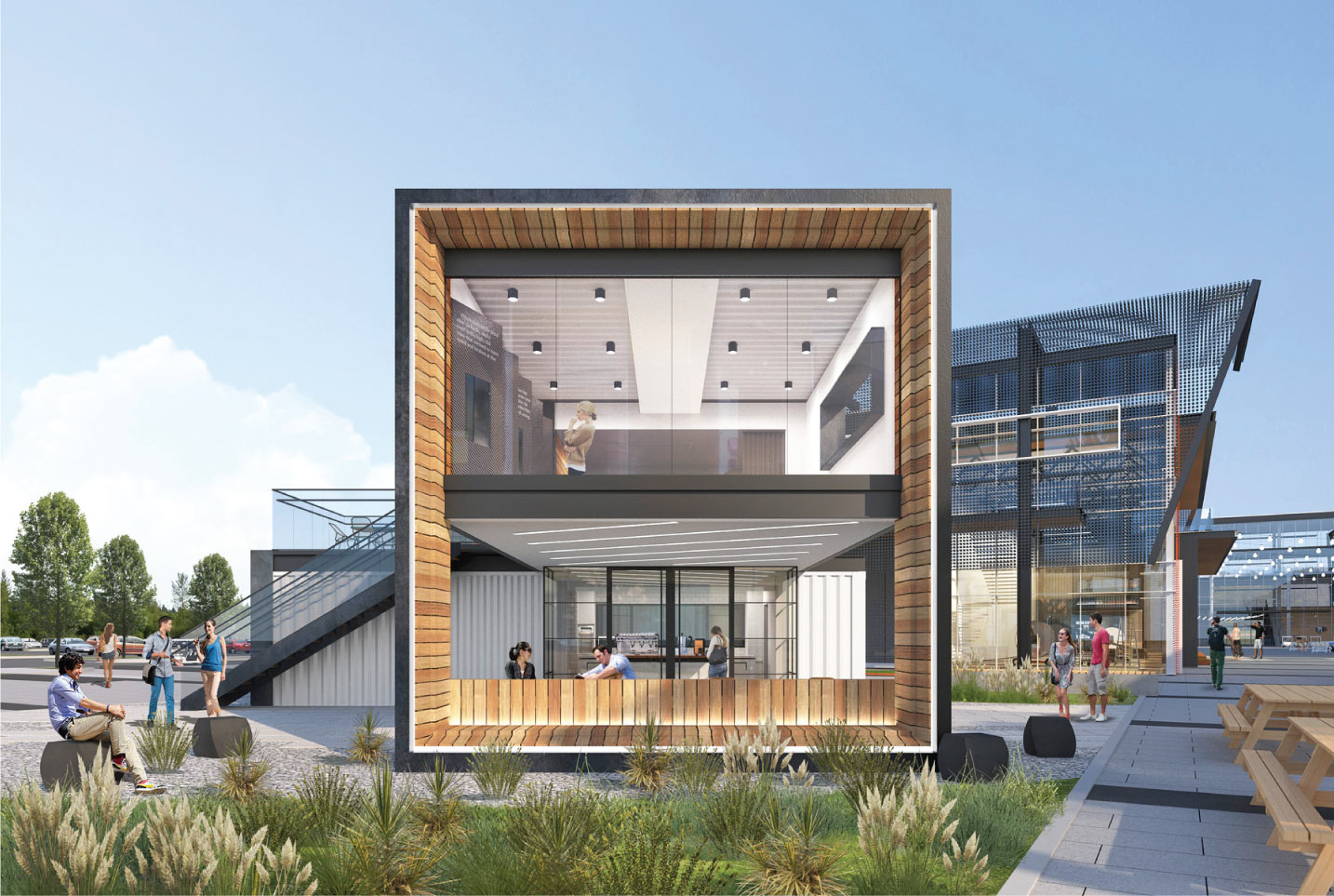
PHOTOGRAPHY COURTESY of GENSLER
4.
CLIMATE CHANGE
Design has a tremendous capacity to help create sustainable, resilient, and healthy communities. With more than two billion people poised to move to global cities by 2050, the demand for new buildings will rise—and the way we design, build, and operate them will be one of the determining factors in our global efforts to address climate change.
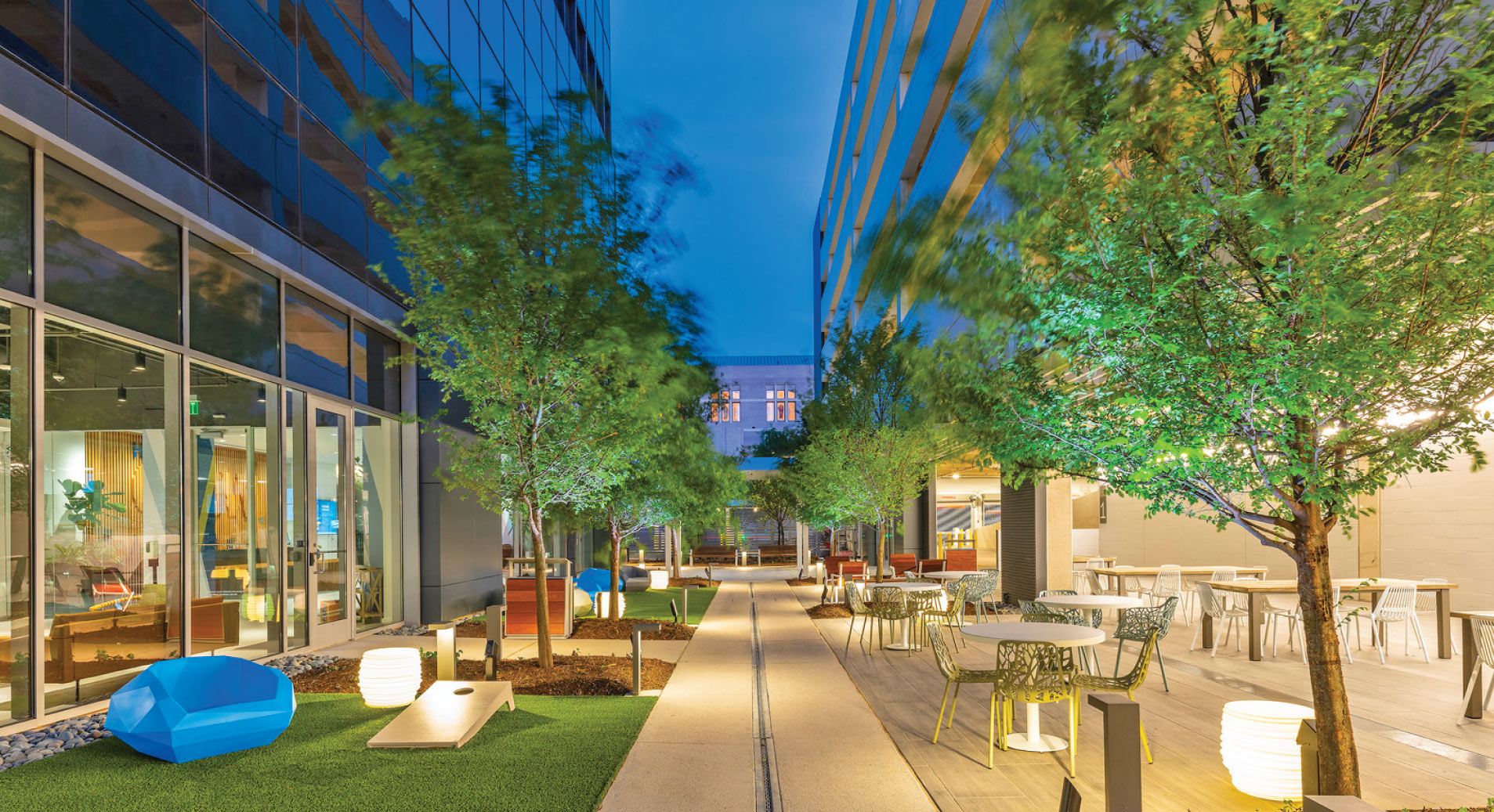
PHOTOGRAPHY COURTESY of GENSLER
5.
GLOBAL VOLATILITY
The economic and political orders that defined the past era are under pressures of change and adaptation, and so are our clients. Emerging regional disparities, often reactions to globalization, will underscore the importance of local relationships and design strategies. But even as economic powers evolve, the global economy continues to concentrate in metropolitan areas.

PHOTOGRAPHY COURTESY of GENSLER
The Future of Workplace is an important topic, not only for companies, real estate brokers and investors alike, but also for the individual workers, who found themselves during the pandemic doing their work remotely and somewhat isolated from their fellow colleagues and companies.
This situation has forced us to rethink the traditional idea of workplace. Workplaces are being defined as “anywhere a person works” rather than the office space they work in. This fact is creating some interesting conversations that not only focus on physical spaces but also on the human experiences in these spaces.
As we move towards 2025, the future of the workplace is changing, but in a refined and more human-centric and planet focused direction. We, as designers, can expand this thinking into the workplaces that include research environments and labs, manufacturing facilities, residential offices, and outdoor work places. It is an exciting time for these conversations.
by LEAH BAUER, ASID, IIDA, IFMA, NCIDQ, Project Director at Gensler

